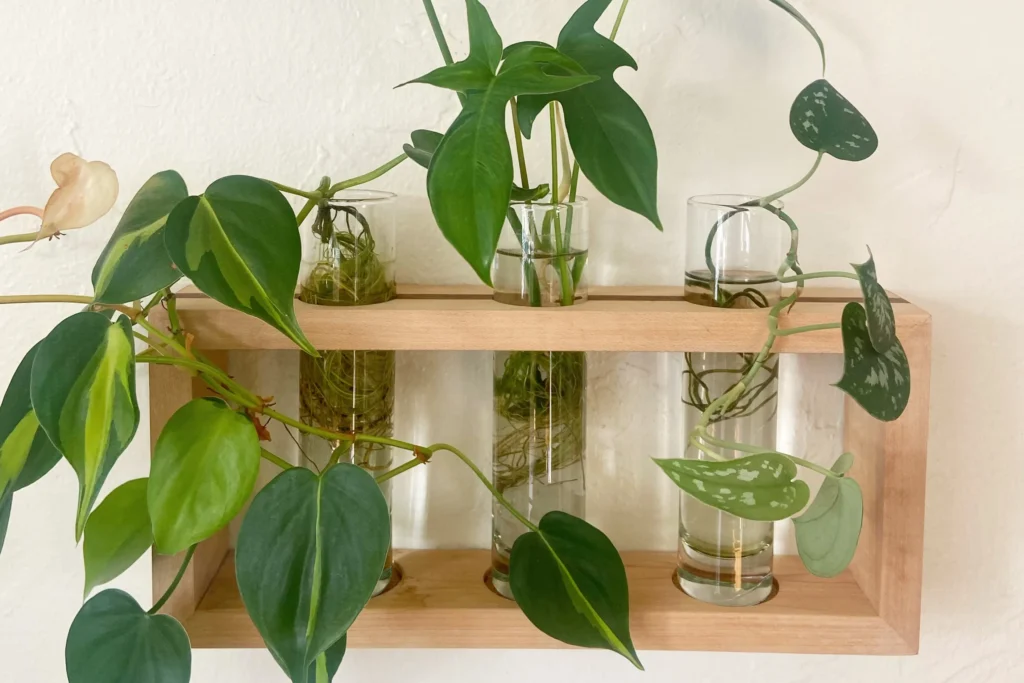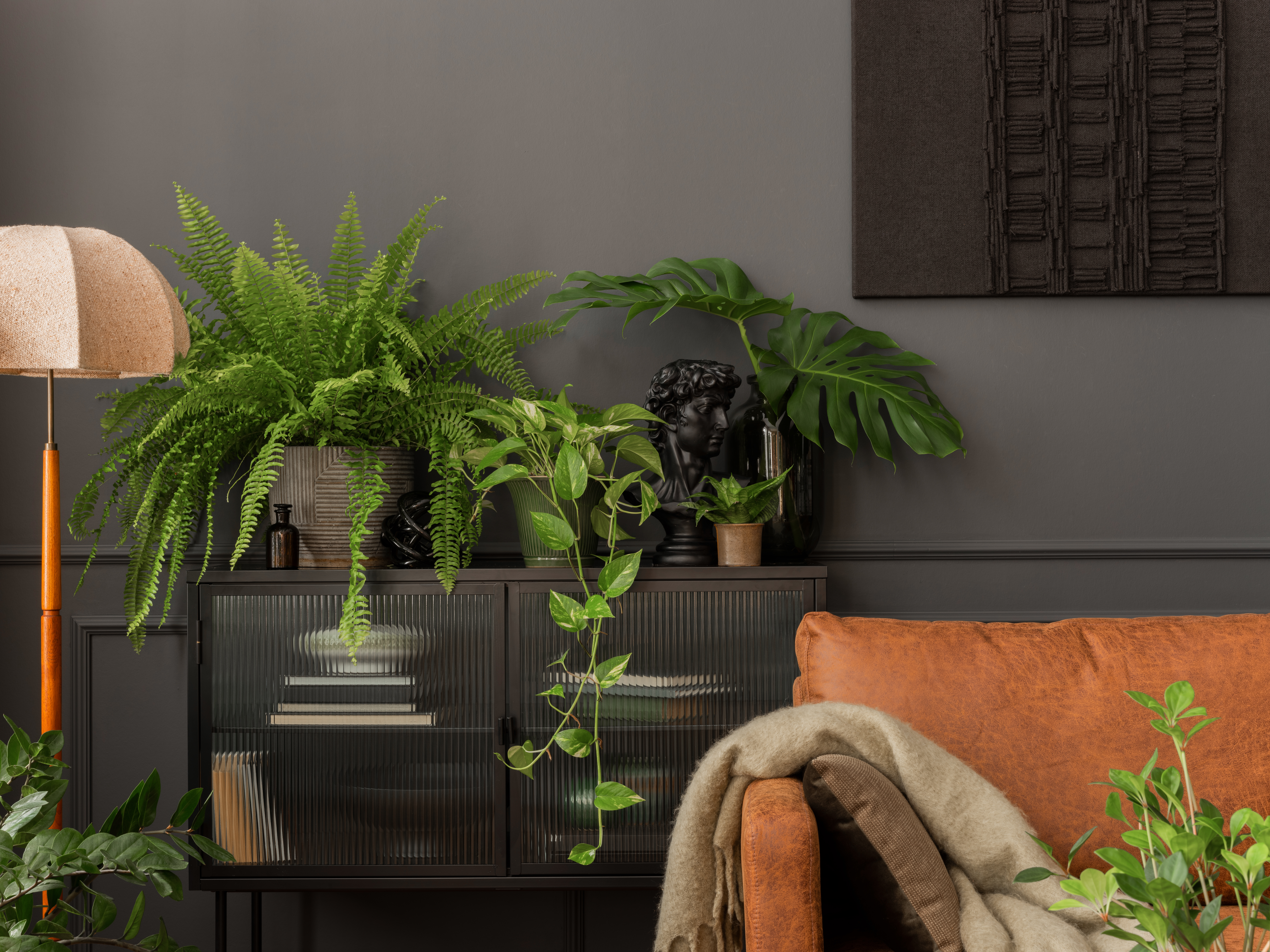Welcome, fellow green thumbs and my Plant Rockstars! Today, we’re diving into the world of hydroponics, specifically how to grow indoor plants in water without a speck of soil. Yes, you heard it right – no soil, no mess, just pure, unadulterated plant love. This method isn’t just a neat party trick; it’s a sustainable, space-saving way to keep your home green and vibrant. So, grab your favorite drink, and let’s get into the roots of this fascinating topic!
The Magic of Hydroponics
First off, what’s this hydroponics business? In simple terms, it’s the science of growing plants in nutrient-rich water. This method has gained popularity not just among commercial growers but also with home gardeners. Why? Because it offers faster growth, requires less space, and allows for year-round gardening – all while being surprisingly simple to set up.
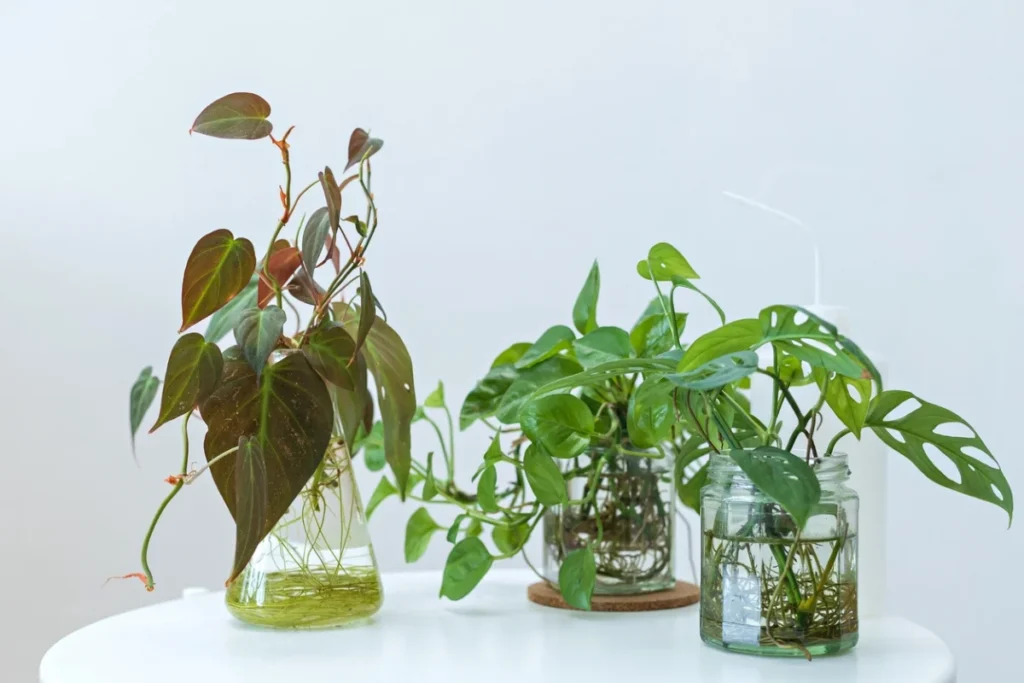
Choosing the Right Plants
Not all heroes wear capes, and not all plants thrive in water. When selecting your green companions for this soil-free journey, look for those that naturally love a good soak. Here are some top picks:
- Pothos (Epipremnum aureum): A hardy vine with lush, heart-shaped leaves. It’s practically indestructible and grows like a dream in water.
- Philodendron: Similar to pothos, these guys are nearly foolproof and come in various leaf shapes and sizes.
- Spider Plant (Chlorophytum comosum): Known for its fast growth and charming offspring, it adapts well to water culture.
- Peace Lily (Spathiphyllum): If you’re after something that flowers, peace lilies are a beautiful choice that thrives in water.
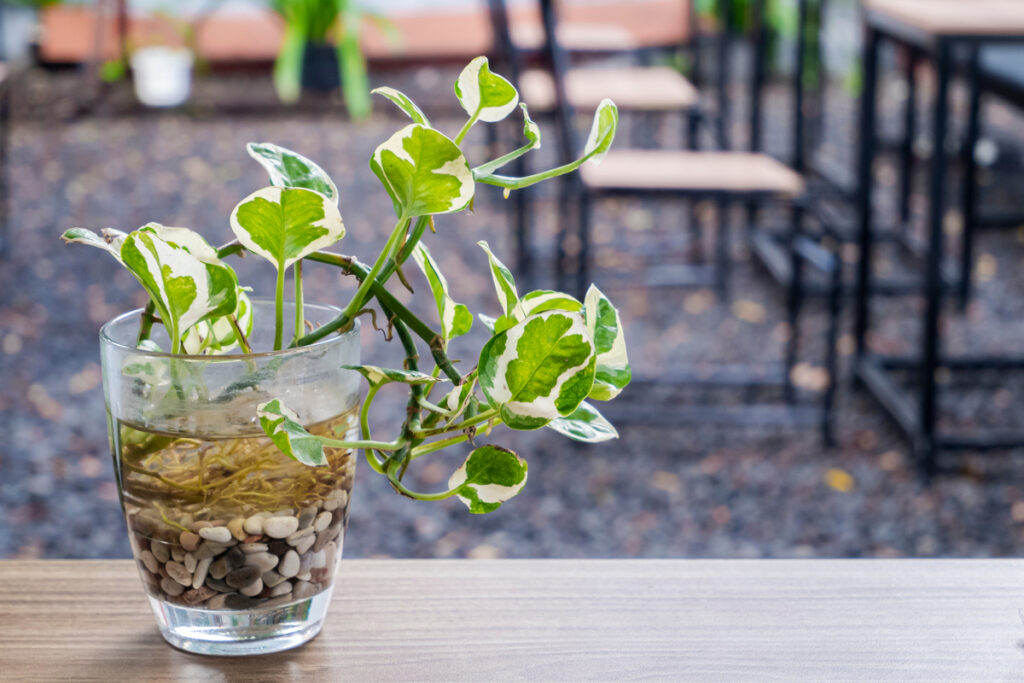
Setting Up Your Water Garden
Getting started is easier than you think. Here’s a step-by-step guide:
- Choose Your Container: Any glass jar or vase will do, but transparent ones are best for monitoring water levels and root growth.
- Water Preparation: Tap water can be used, but let it sit for 24 hours to allow chlorine to evaporate, or use rainwater or distilled water.
- Adding Nutrients: Plants don’t live on water alone; they need nutrients. Add a liquid hydroponic fertilizer to the water, following the product’s directions carefully.
- Plant Preparation: For plants transitioning from soil to water, gently clean the roots from all soil. For cuttings, ensure a few nodes are submerged.
- Maintenance: Change the water every 2-4 weeks to keep it fresh and replenish nutrients. Algae can be a problem in direct sunlight, so consider a spot with indirect light or use a non-transparent container.
Benefits and Tips
- Aesthetic Appeal: Plants in water add a touch of modern elegance to any space. Plus, watching roots grow is surprisingly satisfying.
- Low Maintenance: Forget about under or over-watering. As long as you keep an eye on the water level and nutrient supply, you’re golden.
- Pest Reduction: Soil pests are a non-issue, making for healthier plants and a happier you.
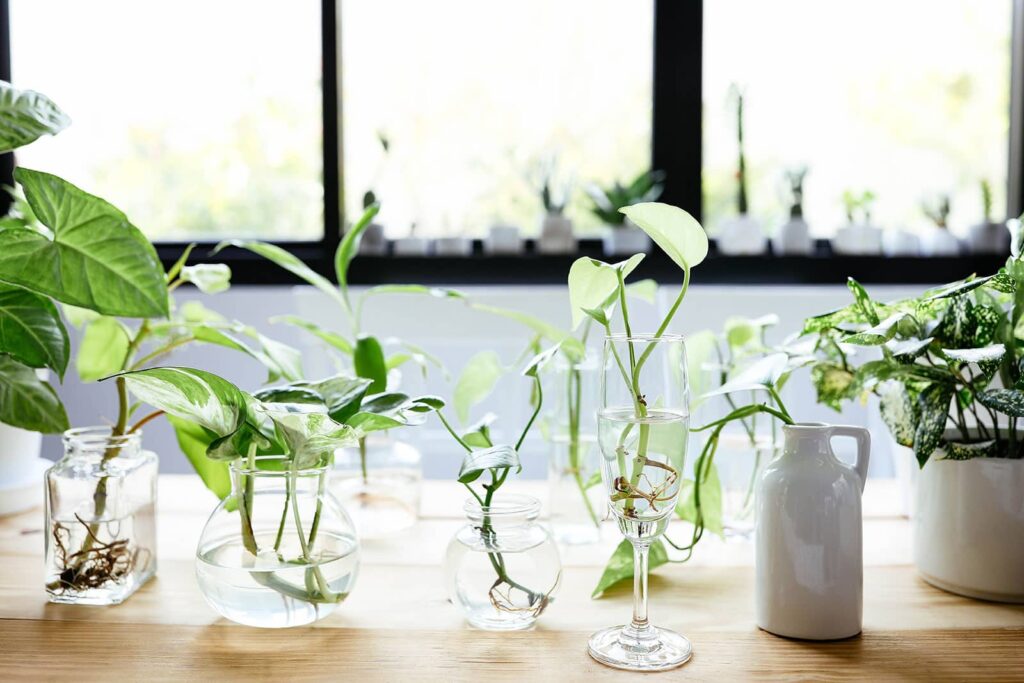
Wrapping It Up
Embarking on a soil-free gardening adventure with indoor plants in water is not just a step towards a greener home but a journey into a fascinating world of plant care. It’s simple, sustainable, and oh-so-stylish. So why not give it a try? Your inner plant lover (and your clean floors) will thank you.
Remember, the best part about indoor gardening is the trial and error – every plant, home, and person is different. Find what works for you, tweak as you go, and enjoy the process. Happy hydroponic gardening!
